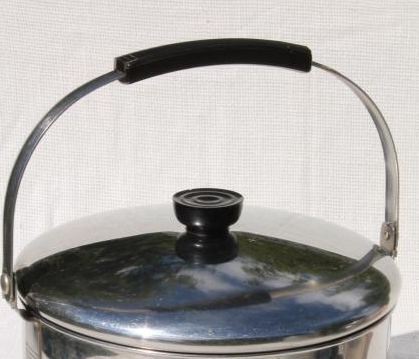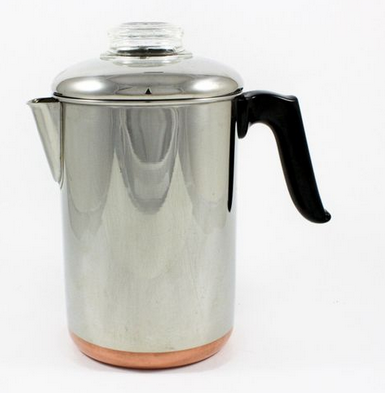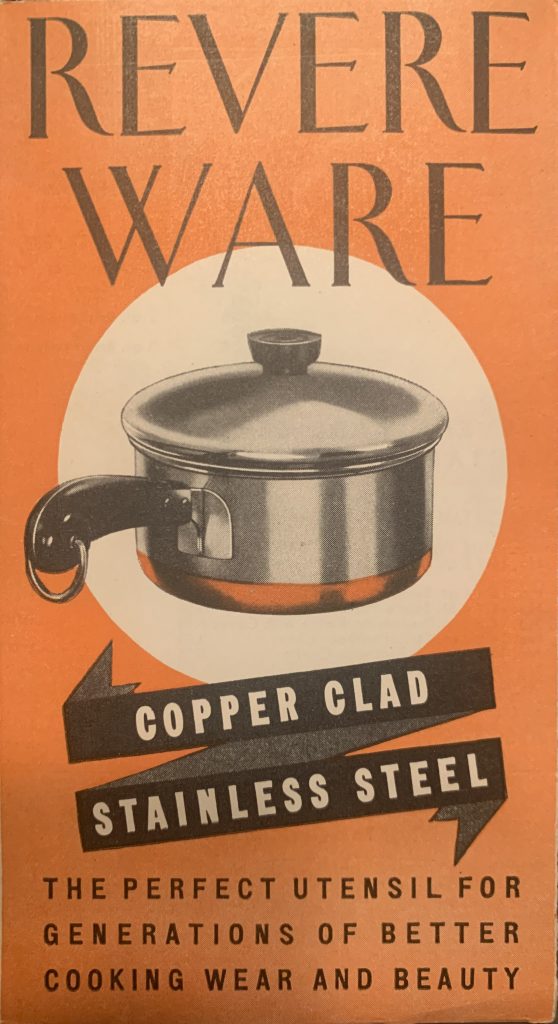Given the prominence package theft from porches has seen the last few years, I probably don’t need to remind anyone to take care in removing your delivered packages from your porch as soon as possible after delivery. But I will anyways, given that we’ve had a number of packages delivered to the correct address go missing in the last couple of months. There are some easy things you can do to better protect yourself.
– Get a camera or video doorbell on your porch. We’ve all seen plenty of videos of people stealing packages, that seem to be aware of the cameras, but at least this gives you some certainty that a package was stolen, and not mis-delivered, and gives you photos and video to submit along with a police report.
– Talk to the drivers. We’ve tried to talk to our delivery drivers from Fedex, Amazon, UPS, and USPS to ask them to put packages behind the columns on our porch and not right in the middle where they are prominently visible, and many of them do this consistently, so that is worth a try.
– Install a package drop or package delivery box. At a former house we installed a package drop slot that went into our garage, for smaller packages and it worked well.
– Use a separate mailing address. We also maintain a UPS store mailbox account, and whenever we are on vacation, we divert all deliveries there. We also take care to have any high value items delivered there.




